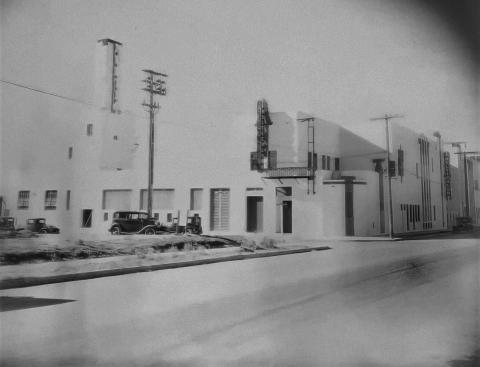
Quinlan Craig is an undergraduate student assistant working on the "Inventing Hollywood: Preserving and Providing Access to the Papers of Renegade Genius Howard Hughes" joint project sponsored by the UNLV Libraries Special Collections and Archives and the UNLV Department of Film, which is funded by a generous grant from the National Endowment for the Humanities.
Multicolor, Ltd. was a short-lived company based on a printing process of the same name used to produce color film. Rowland V. Lee and William Worthington started the company in 1929 and it lasted until the end of 1932. Film producer Howard Hughes saw this process as a potential competitor to Technicolor and became an early supporter. The company only lasted a couple of years, but there are still mesmerizing materials to explore in the Howard Hughes Film Production Records (MS-01036) which is being processed in conjunction with the UNLV Film Department and funded by an NEH Grant. The collection contains everything from photographs of prominent executives, to machinery blueprints, marketing letters seeking new clients, and client correspondence.
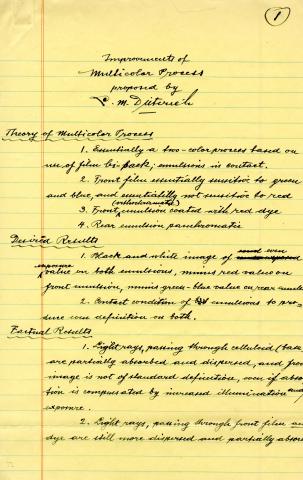
Pictured above is a letter from Dr. Ludwig M. Dieterich where he described the process for printing film in Multicolor. The coloring process that Multicolor used made the film more fragile, which led to plenty of customer complaints about their film being damaged during shipment.
MS-01036.
The collection contains correspondence about the company itself, but also fascinating material about the people running the company, and the production process itself. In the Multicolor, Ltd. subseries, there are also extensive blueprints and specifications - so detailed that they may even help a dedicated researcher recreate one of the machines utilized by Multicolor, Ltd.! From printing machines to developing machines, the blueprints found in the collection are unique representations of one of Technicolor’s early rivals.
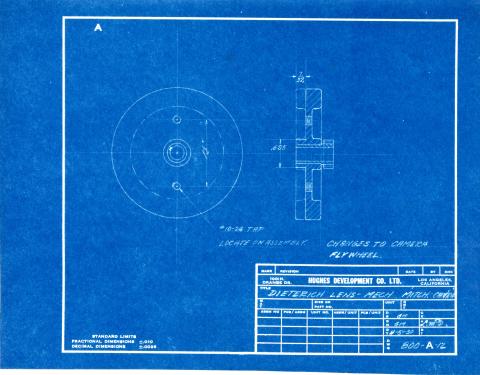
Going against a well-established company like Technicolor was difficult, so it was no surprise Multicolor struggled for clients. When business in the United States dwindled, Multicolor, Ltd. reached out in 1932 to the Calgary Stampede in Alberta, Canada. Documents and correspondence within the collection suggest that the Stampede did accept their offer of service and sent out their chief photographer, Alvin Wyckoff, to film the stampede to make films with “scenic backgrounds” (The Salt Lake Tribune Sept. 27, 1931.) Unfortunately, the whereabouts of the footage is unknown.
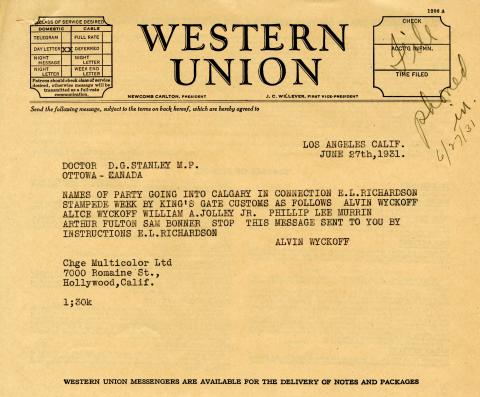
In 1930, Multicolor, Ltd. proposed to film and produce a documentary on the construction of the Boulder Dam (Hoover Dam). While their proposal was noteworthy and interesting, The Six Companies does not appear to have responded to the offer. Instead, the Bureau of Reclamation produced their own footage of the monumental construction.
A few years later, Multicolor proposed a documentary about Donald Baxter MacMillan’s exploration of the Arctic with photographer Glenn Kerschner. To sweeten the deal, Multicolor also reached out to producer Edward Small, famous for producing the original version of The Count of Monte Cristo, to make the documentary. Although there is proof that the exploration was shot (according to The New York Times), the location of this footage is unknown.
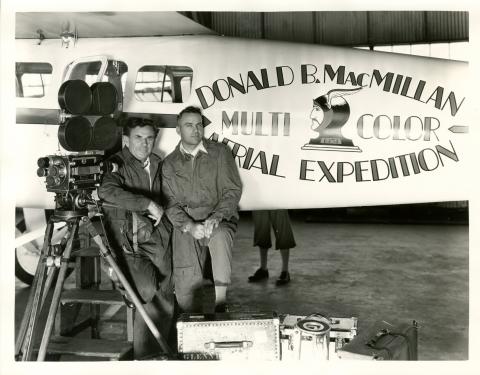
These examples from within the Howard Hughes Film Production Records only scratch the surface of the short-lived company, which lasted from approximately 1934 to 1939. Multicolor, Ltd. may have not have had a lasting impact on the industry, but it did leave behind a legacy, now available within the Howard Hughes Film Production Records (MS-01036).
"Inventing Hollywood: Preserving and Providing Access to the Papers of Renegade Genius Howard Hughes" is a joint project sponsored by the UNLV Libraries Special Collections and Archives and the UNLV Department of Film, and is funded by a generous grant from the National Endowment for the Humanities.
About the National Endowment for the Humanities
Created in 1965 as an independent federal agency, the National Endowment for the Humanities supports research and learning in history, literature, philosophy, and other areas of the humanities by funding selected, peer-reviewed proposals from around the nation. Additional information about the National Endowment for the Humanities and its grant programs is available at: www.neh.gov.


